So we’re all connected – what’s next?
It’s understandable that parts of IoT will move forward at different rates. But if we assume the advances in IoT will play out as we expect across our five areas of interest (wearables, home, cities, enterprise, environment), then we could be looking at a future where we live longer, we’re fitter and healthier, there’s less pollution, we need to work less, and we’re rarely late. Or are we? To paint a picture of the future as a Logan’s Run-esque utopia (spoiler: the film doesn’t turn out well) would be disingenuous, but to envisage 50 years from now as like the Pixar film WALL-E where humans are inert and ignorant would be taking things to the other extreme too. It’s clear at least that there will be knock-on effects of an automated society that no-one can predict but let’s try some of the easier ones .
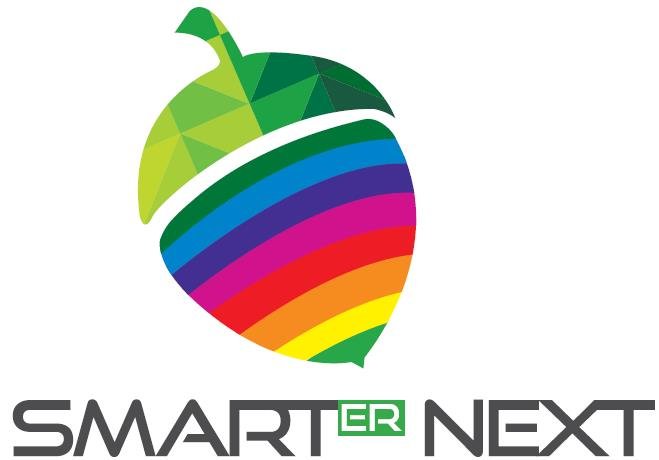
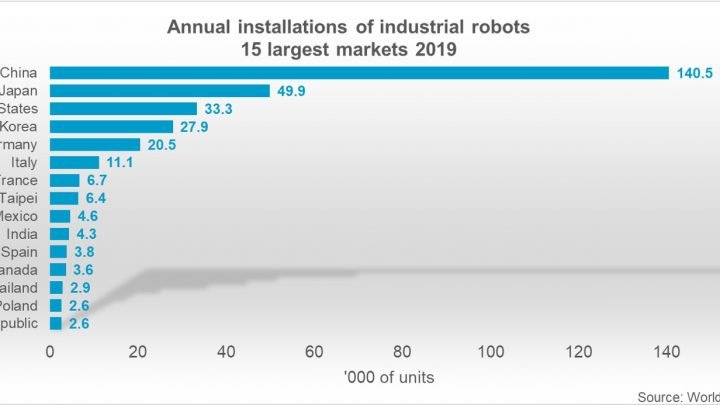
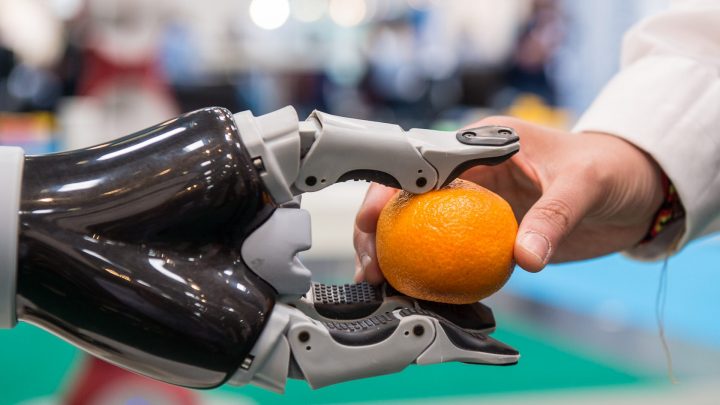

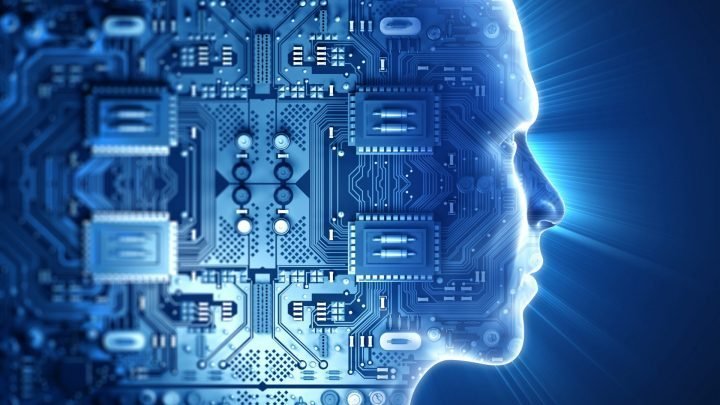



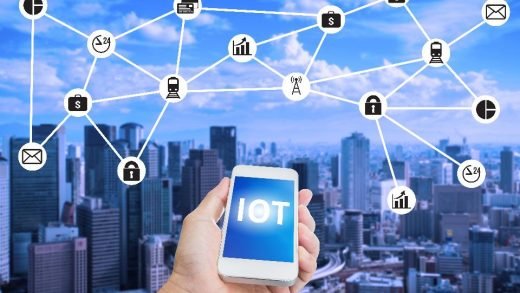
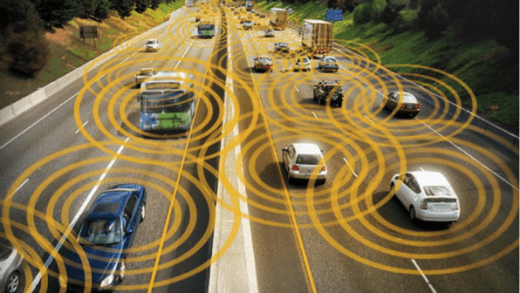
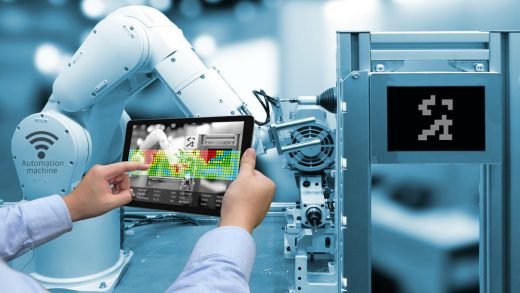
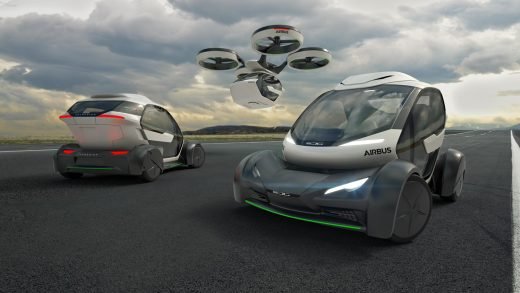

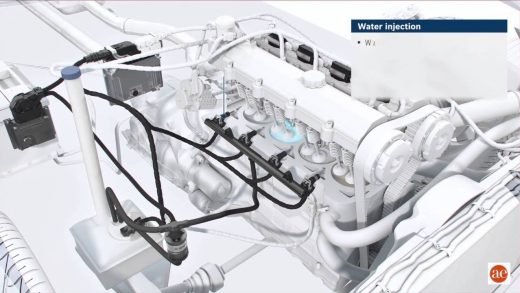
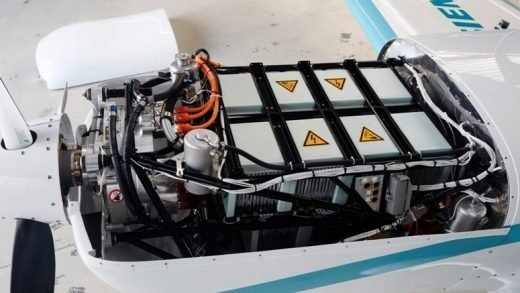
Recent Comments